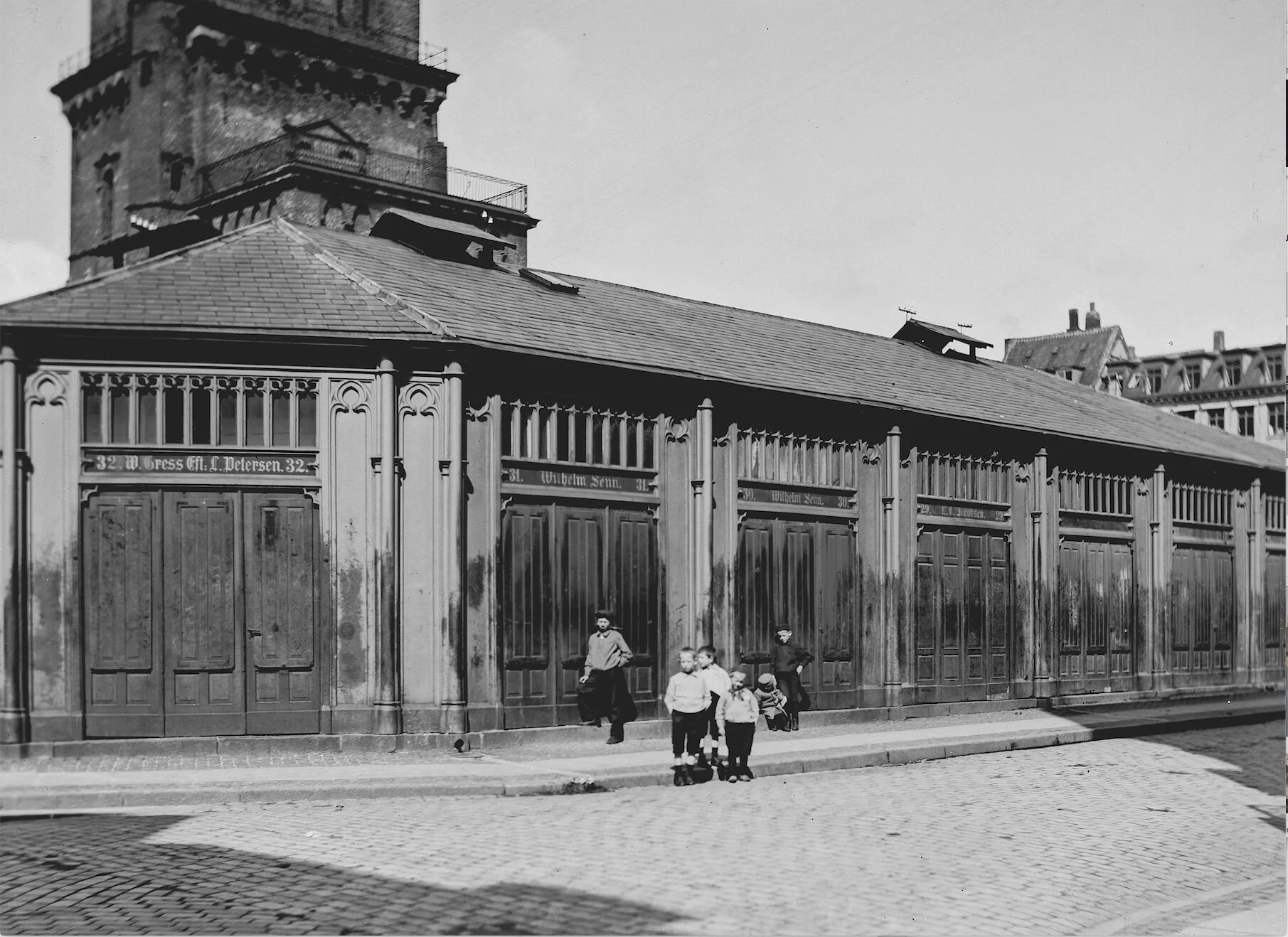life continues after a disaster but cities change
/In the new Museum of Copenhagen, that opened in Stormgade at the beginning of February, there are dramatic sections of the display that show the effect on the city of natural disasters including plague and the outbreak of cholera in June 1853 as well as the impact of major events of war or the disaster of the damage caused by wide-spread and destructive fires …. specifically the bombardment of the city by the British late in the summer of 1807 and fires that destroyed the palace of Christiansborg in 1794 and then again the palace in 1884 and major fires that destroyed properties across the city in October 1728 and June 1795.
Wars between Denmark and Sweden in the 17th century and the war with Germany in the middle of the 19th century had a devastating impact on the economy of the country and influenced Danish trade and Danish politics and the last World war was an international event that had a considerable impact on the city but again it was generally the impact of the unsure economy after the war that had an influence that can seen today rather than physical damage from bombing although what bombing there was was certainly horrific.
But for the last seventy years, as for the other Scandinavian countries, it has been technical and scientific and social changes that have been the outside forces that have driven changes in buildings and planning and design.
It is still too early to know when the present epidemic of Covid-19 will end and it’s impossible to predict the long-term impact although it too will clearly have an impact on the economy but it may well change the way we live in more ways than we can anticipate.
the tower of the church of Sankt Nikolaj and ironwork stalls of the meat market built in 1846
In Copenhagen, disasters have had an impact not only on the layout of the city but have also had a long-term effect on how people used the streets and squares.
One interesting but possibly less well-known example is one consequence from the destruction of the church of Sankt Nikolaj and of housing around the church in the major fire in the city in 1795. The massive tower of the church survived the fire but the nave and choir were lost and with the disruption of trade and an ongoing threat of war through that period - including the bombardment of the city by the British in 1807 - the church was not rebuilt for well over a century.
Amagertorv, a block away from Sankt Nikolaj, is still an open public space towards the west end of the Walking Street, but at the time of the fire it was the largest open public space and a market place in this part of the city. After the fire, a block of fire-damaged houses between Amagertorv and the bridge over to Christiansborg was cleared and the new space was left open in part to form a fire break and this new open area, Højbroplads, along with the area along the canal, along Gammel Strand, were important food markets … Gammel Strand being then the main fish market.
Animals were slaughtered at Trommesalen, just outside the west gate, on the north side of what is now Vesterbrogade, in an area just below and just inside the lakes, but meat was sold at markets on several squares in the city through the 18th century, including on Gråbrødretorv.
After the fire in 1795, the sale of meat was concentrated on the square around the surviving church tower of Sankt Nikolaj where, at first, there were temporary wooden market stalls but these increased in number, until there were some 82 meat stalls here by 1842, and in 1846 they were replaced by more substantial and well-built market stalls in iron that were designed by the architect P C Hagemann. These must have been more secure but possibly not much more sanitary or less smelly for the people who lived round the square.
This meat market around the church tower survived until 1917 when it was decided that the nave of the church should be rebuilt and that is also the period when the ornate and distinctive copper spire was added to the tower.
The point here is that, following a major disaster, it can be difficult to predict what the consequences will be - in terms of buildings and planning or in changes to the way of life for citizens - but those changes may be dramatic and long lasting. Here specifically a change in the place where people in the city bought their meat for over a century.
note:
A new meat market at Kødbyen, to the west of the present railway station, was built at the end of the 19th century first to replace the cattle market at Trommeshalen.
Den Hvide Kødby
… an outline of the history of the Meat Market










































